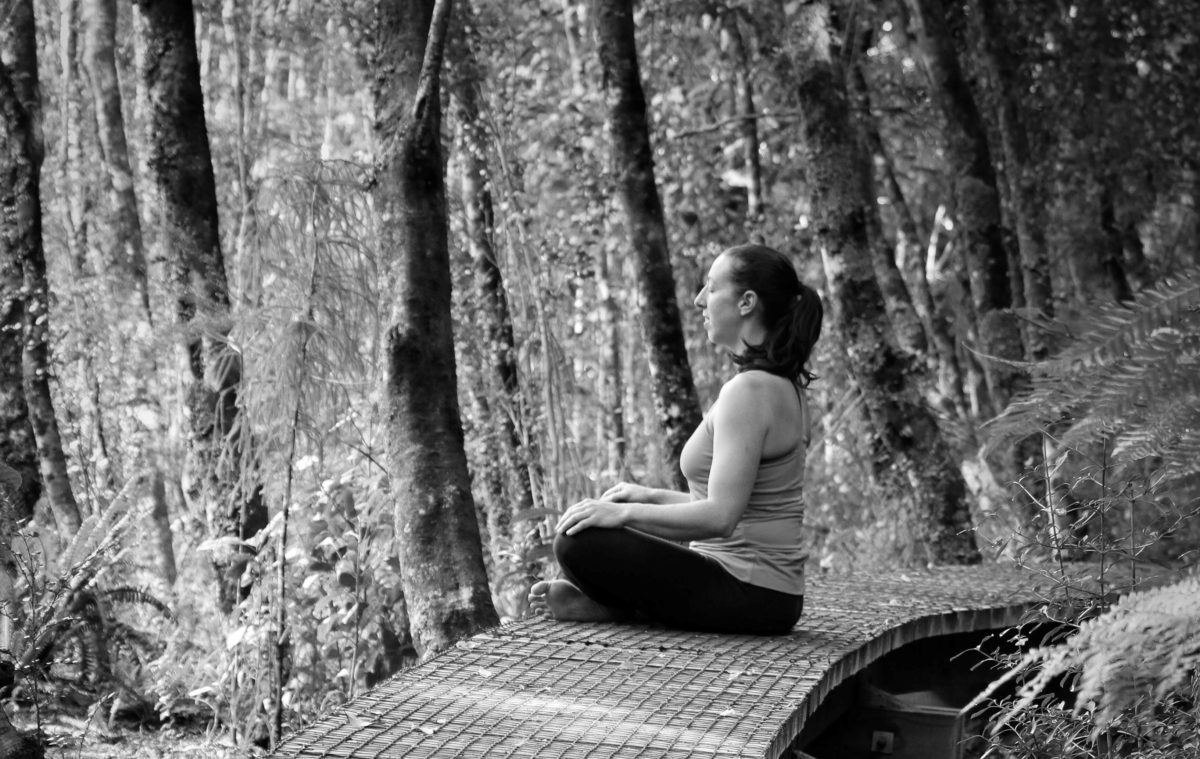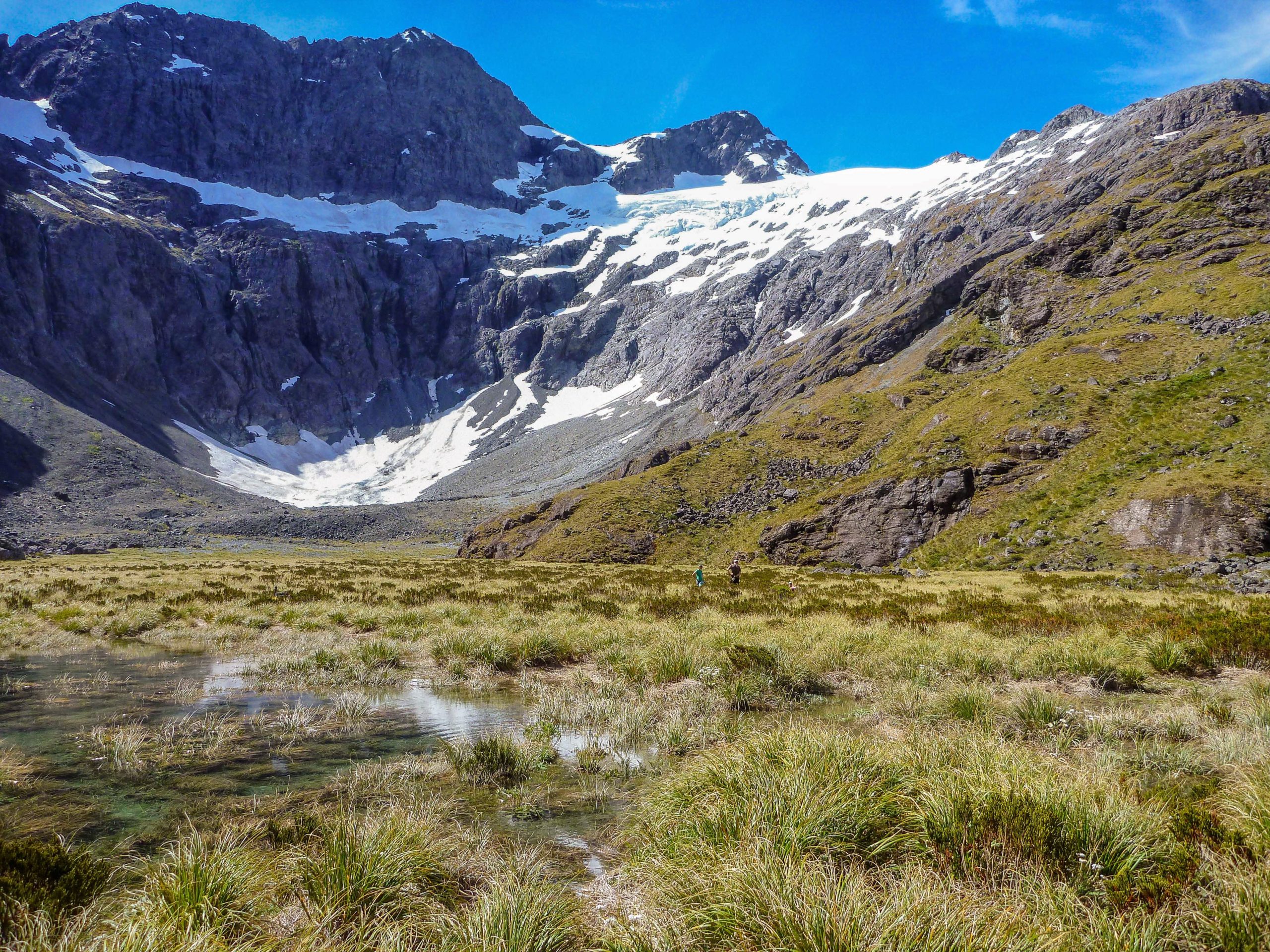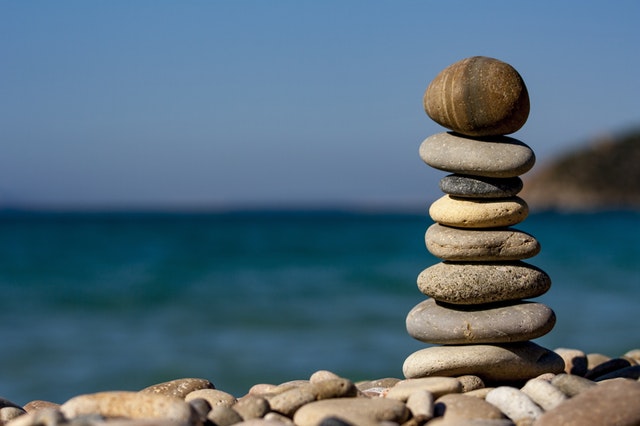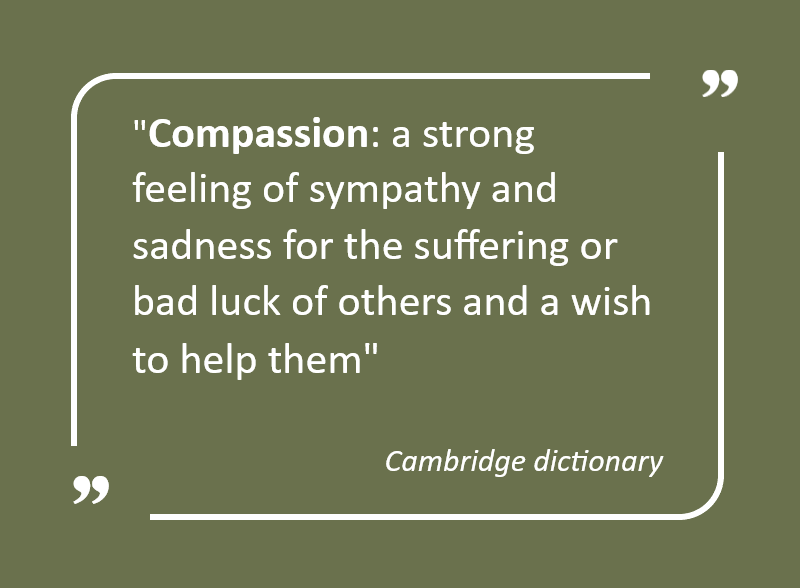I was first introduced to the concept of walking as a form of meditation when a friend told me about a labyrinth. No, not the 1986 David Bowie film. It was a labyrinth on hospitals grounds, for patients, family and friends to walk as a meditation, relaxation or spiritual experience.
A labyrinth is not the same as a maze. According to the Smithsonian Magazine:
“All are unicursal, featuring a single path that leads into the center of an intricately wound space and then back out.”
The idea is that there is one path, no deadends, no challenges. You just follow it to the end and back out. And this creates essentially a mindful experience. It’s not a challenge or rush to find the way there, it is about meandering and pondering as you walk.
There is a labyrinth at Hutt Hospital just outside of Wellington city and a few others in Aotearoa New Zealand.
But you don’t need a labyrinth to find walking a meditative experience. Certainly one of the many reasons I love tramping is the long walks allow my mind to wander and eventually often I find time passes almost without thought.
But at a time where we can’t tramp or travel to a local labyrinth, you can still capture the meditative experience while walking just in your neighbourhood.
A quick google will tell you there are many approaches to walking meditation or meditation in motion or mindful walking.
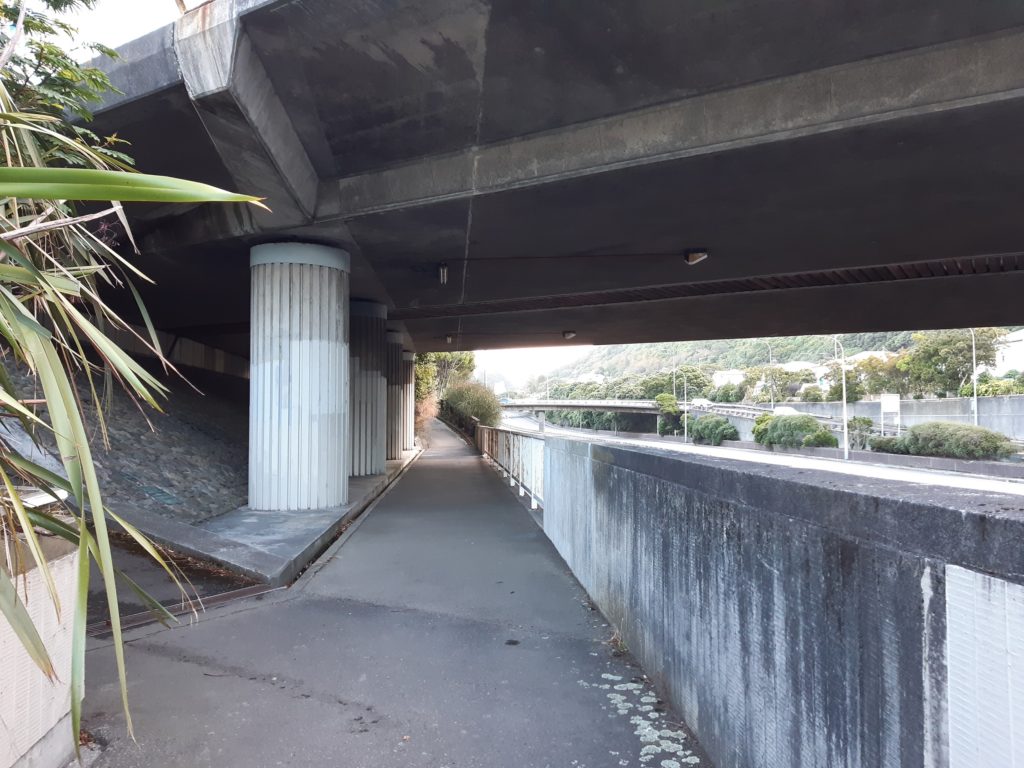
There is really just one key component – you have no destination. It’s not about where you are going, but simply being present or mindful while you walk. You could be mindful of your body or mindful of what’s around you.
In these particular times, we have the opportunity to walk the same path every day. Each time is an opportunity to reflect on how you feel physically or mentally or to reflect on what you see around you. To slow down. To notice what is different, the same or not comparable from the day before.
And when the weather packs in, don’t shelve your walking meditation. A common approach to walking meditations, is to take 10-15 steps, pause, turn and walk back, essentially pacing slowly back and forth. Observing your movements, your breathing, your thinking. It’s quite easy to do inside, and if you close your eyes you can even work on your proprioception.

